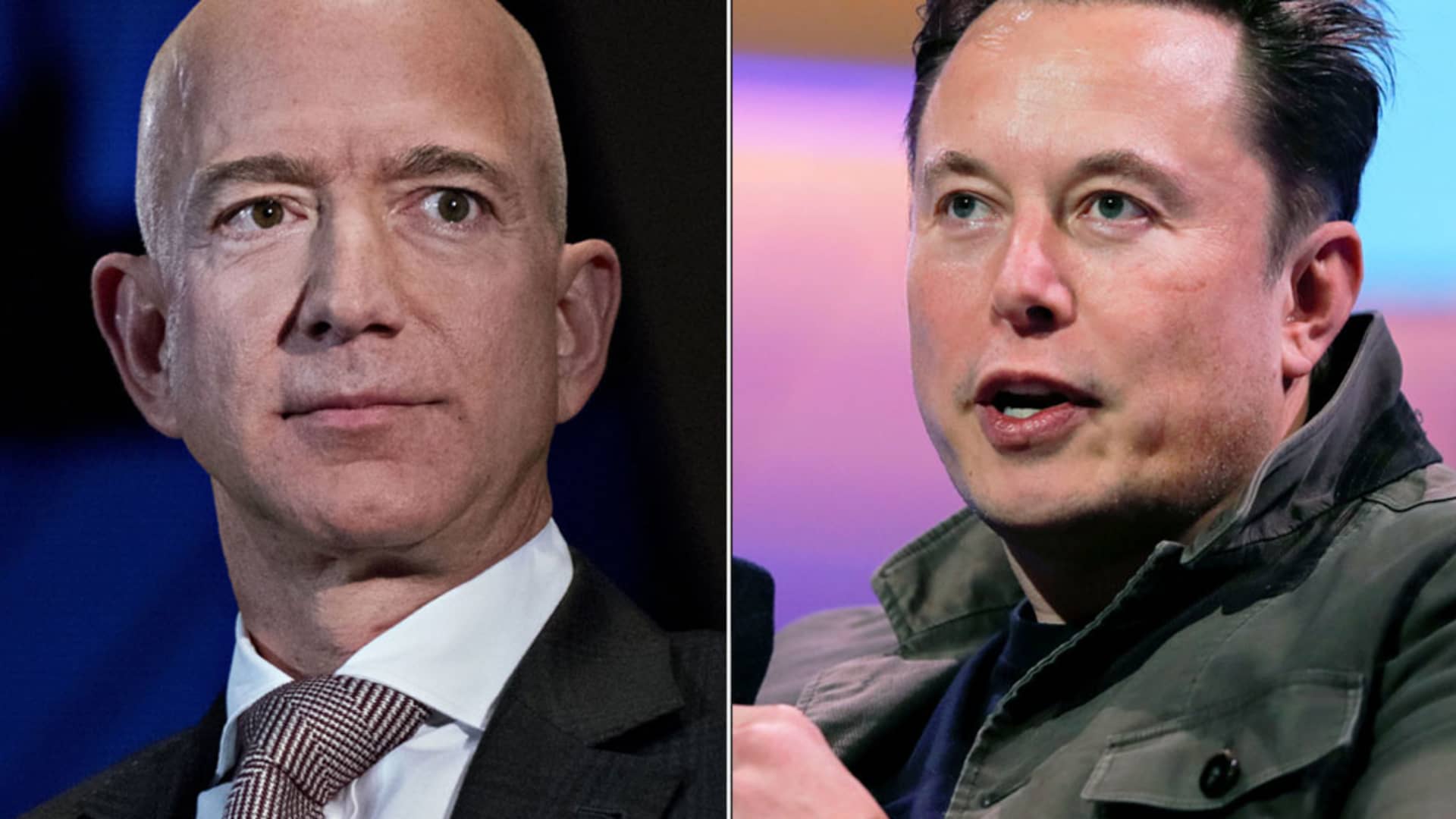The moon seen from the International Space Station on July 9, 2018.
Alexander Gerst | NASA
WASHINGTON – Jeff Bezos has his NASA moon ticket.
The billionaire’s area firm Blue Origin gained a key contract from the National Aeronautics and Space Administration on Friday to develop a crewed lunar lander for delivering astronauts to the moon’s floor later this decade underneath the company’s Artemis program.
The Blue Origin-led workforce – which incorporates Lockheed Martin, Boeing, Draper, Astrobotic and Honeybee Robotics – topped the proposal of a workforce led by Leidos-owned Dynetics. Other proposals had been anticipated, however seemingly will not be revealed till NASA releases paperwork explaining its choice course of.
Known because the Sustaining Lunar Development (SLD) program, the competitors was successfully a second-chance contest that NASA organized after Elon Musk’s SpaceX was the sole winner of the first crew lander contract in 2021.
That first program, referred to as the Human Landing System (HLS), gave SpaceX a close to $3 billion contract to develop a variation of its Starship rocket for Artemis missions. Prior to the HLS award, NASA was anticipated to select two winners, however the company’s funds on the time and SpaceX’s more-affordable bid resulted in there being a single winner.
Both HLS and SLD are a part of NASA’s Artemis program to land astronauts on the moon, with the company hoping to begin flying crews to the lunar floor throughout the subsequent few years. In December, NASA completed the first Artemis mission, which had no folks on board, flying its Space Launch System (SLS) rocket and Orion spacecraft across the moon for the primary time.
A messy saga
Jeff Bezos, left, and Elon Musk
Getty Images; Reuters
Competition with Starship
Last yr, NASA Administrator Bill Nelson defined the reasoning behind a second bidding course of to add one other privately-built lunar lander, saying, “competitors is essential to our success.”
“We can leverage that cash by working with a industrial trade and, by competitors, carry these prices down to NASA,” Nelson stated during Senate testimony in 2022.
SpaceX has continued to develop its practically 400-foot-tall Starship rocket within the meantime. The firm in April attempted to reach space with the automobile for the primary time. Recently, Musk estimated that SpaceX will spend about $2 billion on Starship development this year, and expects the corporate to attain orbit across the Earth with its subsequent launch.
Last yr, NASA gave SpaceX with a further $1.15 billion award underneath the HLS contract, exercising an choice to purchase a second crewed demonstration touchdown from the corporate. That introduced the whole worth of SpaceX’s HLS contract up to $4.2 billion by 2027.
To date, NASA has paid out about $1.8 billion to SpaceX underneath HLS, in accordance to federal information.

